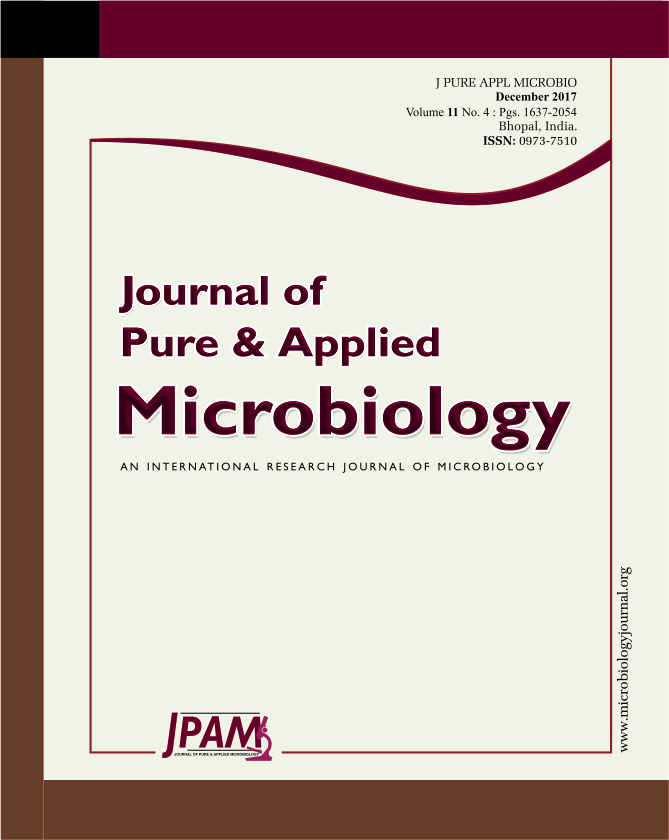Marine ecosystems house a plethora of microorganisms capable of producing therapeutically important metabolites, but remains largely unexplored. The aim of this work was to find a new marine bacterium capable of producing a fibrinolytic enzyme, which is fibrin specific, stable at the physiological pH, exhibiting both anticoagulant and thrombolytic effect in vitro. Once a potential bacterium was found, an effort was made to optimize medium. Based on the screening studies, the isolate C7 was chosen for further studies and was identified as Serratia marcescens subsp. sakuensis. Medium optimisation using Plackett-Burman design and one-factor experiments suggested that nitrogen sources have a profound effect on enzyme production. Fibrinolytic enzyme activity increased to 2.5 fold (487.29 U/mL) in the optimised medium as compared to unoptimised medium (191.65 U/mL). Current study demonstrates that seawater could be an excellent source for novel marine organisms capable of producing fibrinolytic enzymes. Fibrinolytic enzyme produced by Serratia marcescens subsp. sakuensis appears to be a potential candidate for thrombolytic therapy due to its high specific fibrinolytic activity, high ratio of fibrinolytic to fibrinogenolytic activity, activity at the physiological pH, anticoagulant and thrombolytic effects.
Anticoagulant; fibrinogenolytic, fibrinolytic, marine, thrombolytic.
© The Author(s) 2017. Open Access. This article is distributed under the terms of the Creative Commons Attribution 4.0 International License which permits unrestricted use, sharing, distribution, and reproduction in any medium, provided you give appropriate credit to the original author(s) and the source, provide a link to the Creative Commons license, and indicate if changes were made.


